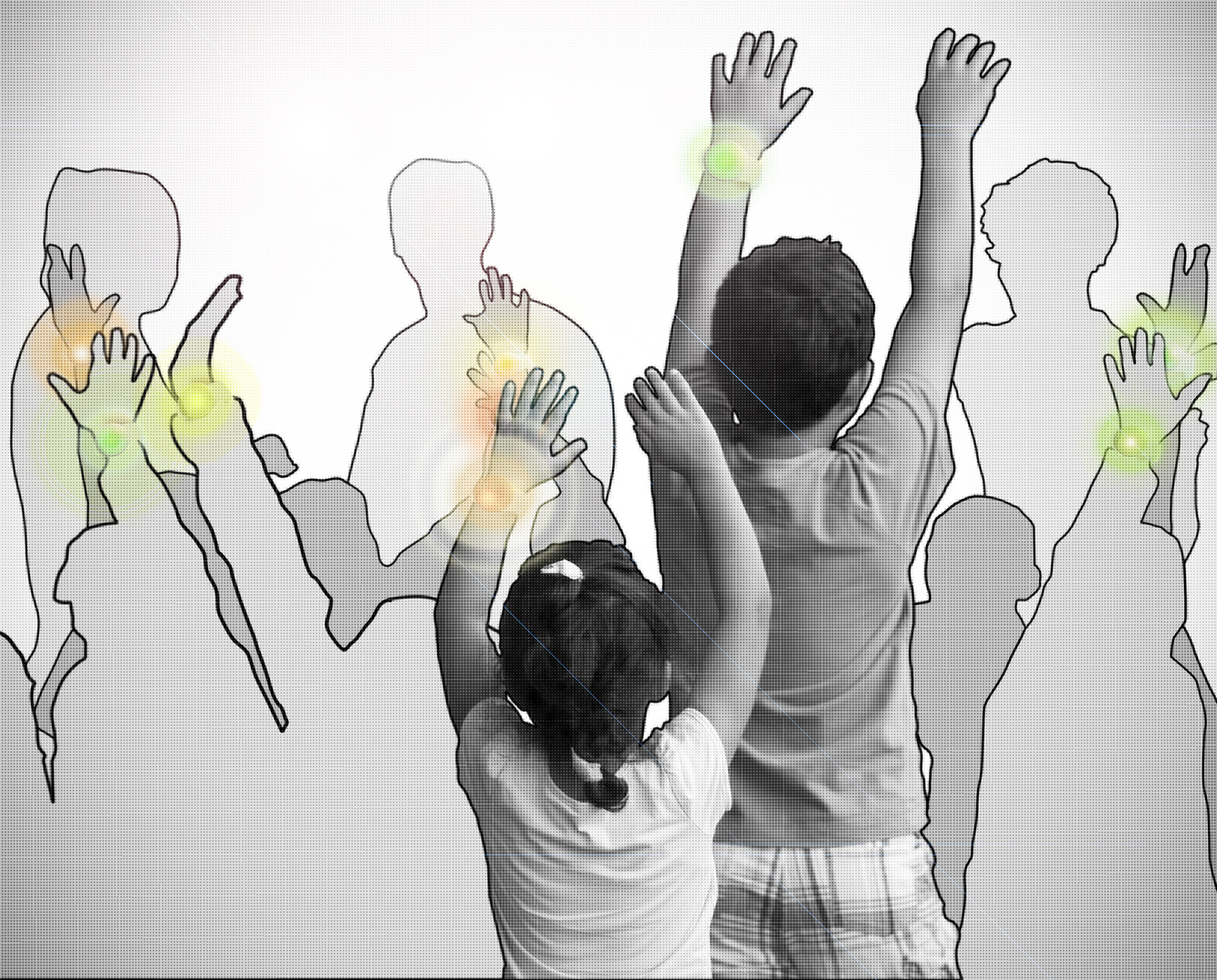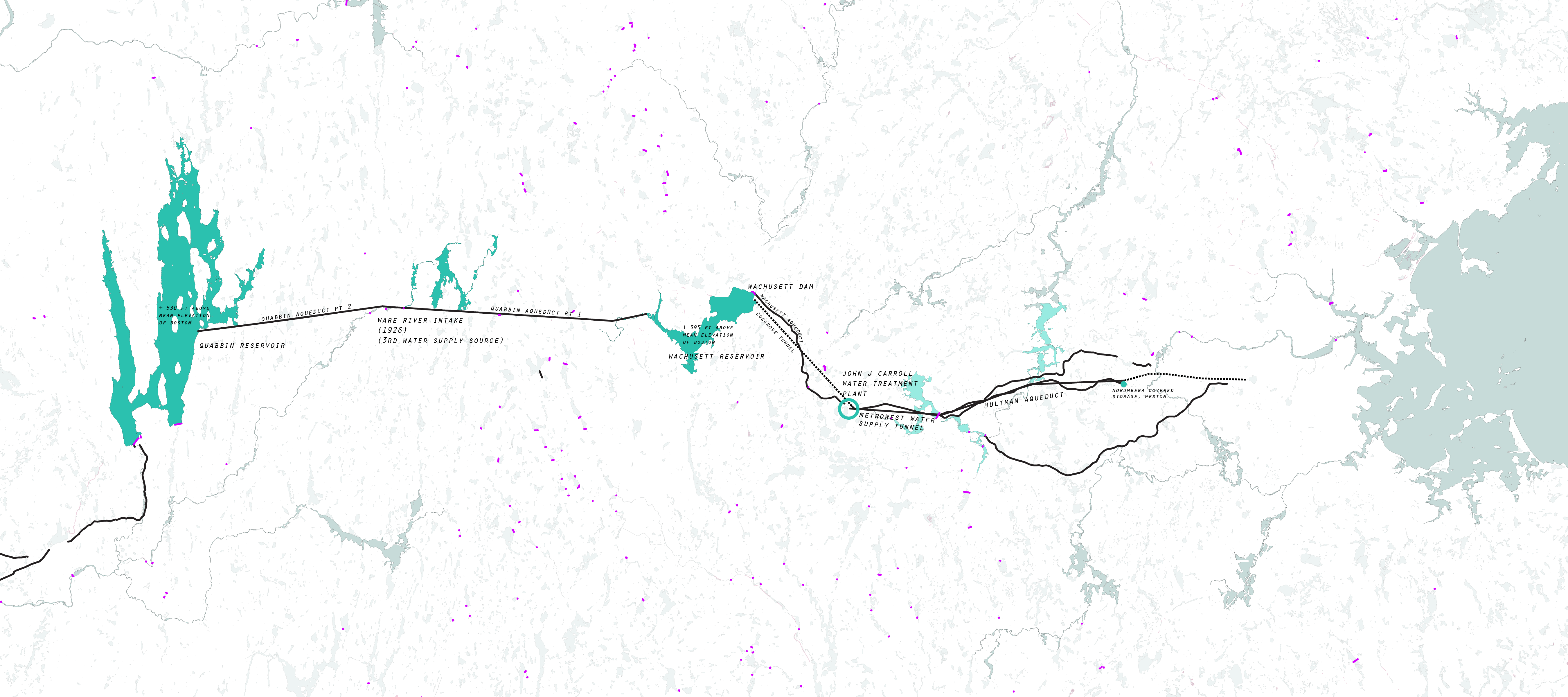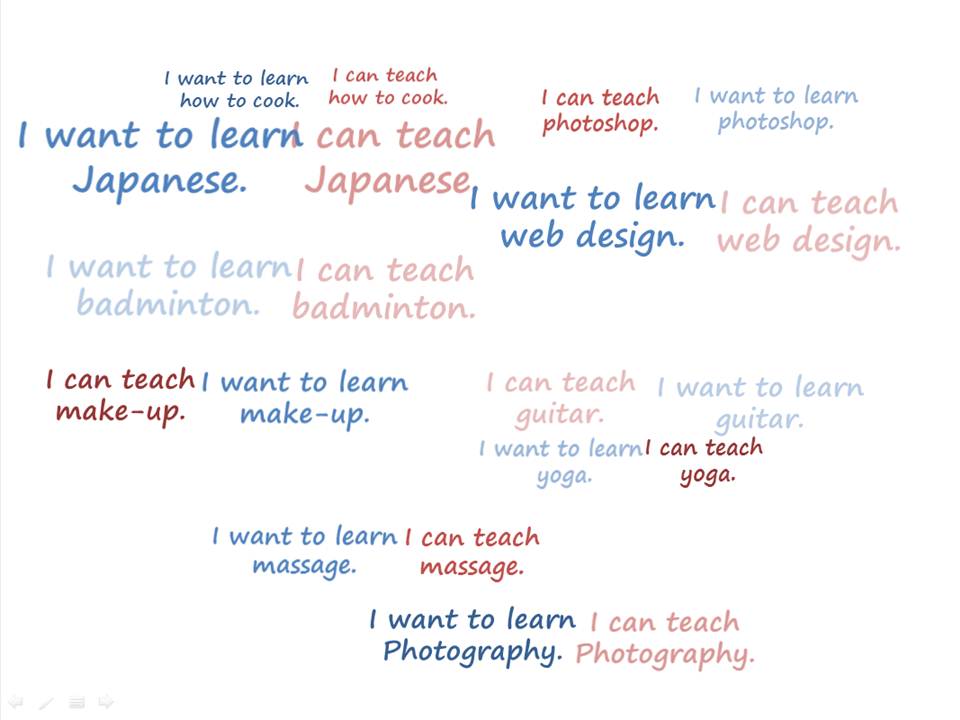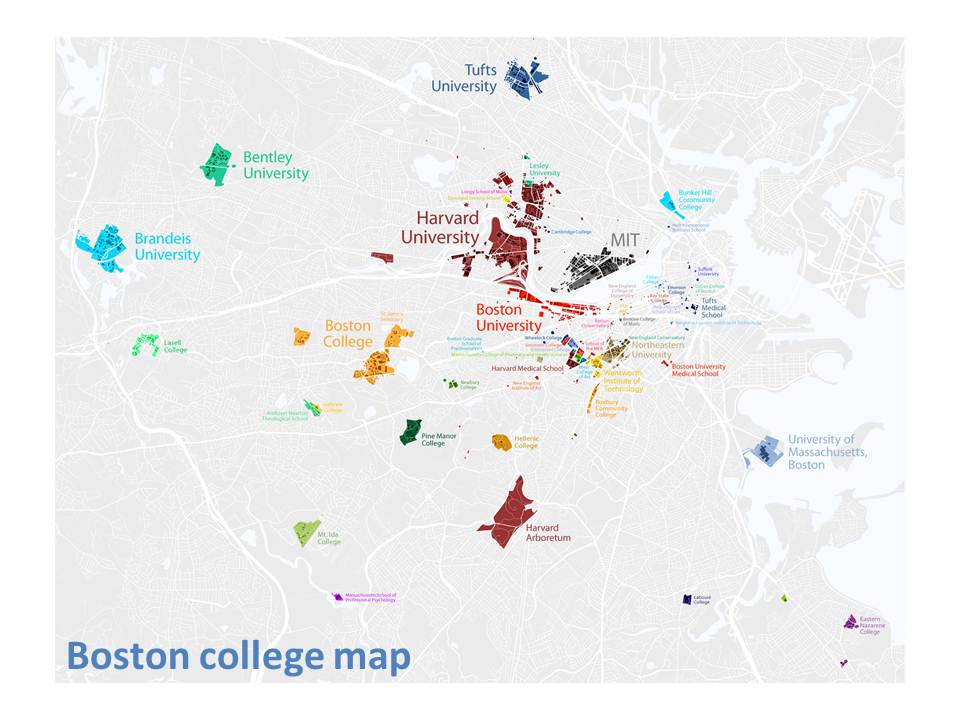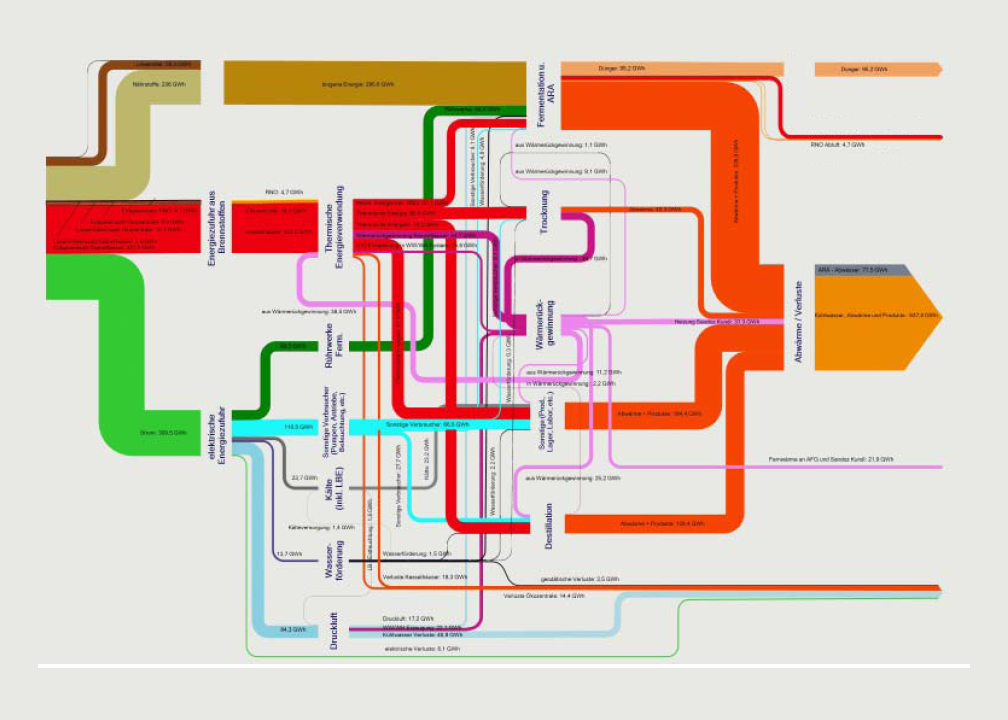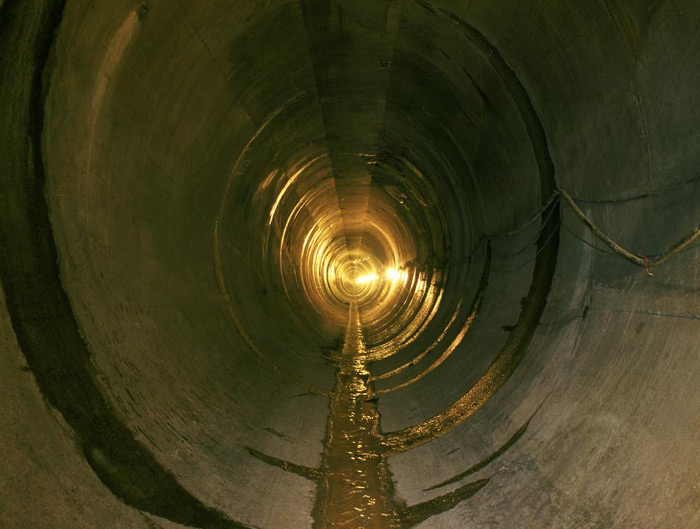Networked Urbanism
design thinking initiatives for a better urban life
apps awareness bahrain bike climate culture Death design digital donations economy education energy extreme Extreme climate funerals georeference GSD Harvard interaction Krystelle mapping market middle east mobility Network networkedurbanism nurra nurraempathy placemaking Public public space resources Responsivedesign social social market Space time time management ucjc visitor void waste water Ziyi
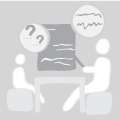
education
Using education to empower citizens and make them more proactive. Can we use education, as one of the most powerful drivers of change, to change the role people we take in urban development, showing them new resources and tools for change and action?
Unfortunately, I’ve spent the last week out of the country so progress has been slow. However, I’ve managed to narrow down my research interest toward exploring ways to visualize and understand urban energy flows in and around Boston. At my desk-crit before I left, we discussed possibly creating a video or other type of visualization as part of an educational curriculum about energy conservation. Since the first step toward attacking an issue such as energy conservation is understanding the problem, I think a type of “Public Service Announcement” that makes people aware of how energy is distributed throughout Boston is a good start.
Toward this end, I’ve managed to arrange a couple of meetings this week with the office of sustainability at Harvard to get a grasp on how the university’s grid interfaces with NSTAR and other regional energy providers. They may also have some good ideas about how to kick-start initiatives aimed at conservation in an educational setting. I’d also like to talk to people at the School of Education at Harvard, and at some public schools in the area (one of my professors suggested I contact the people at the Cambridge mayor’s office for this) about what initiatives exist in terms of sustainability in the classroom.
On a somewhat related note, this was a quick concept collage that I came up with before I took off – the idea would be that kids could participate compete in program to monitor their energy use at home as part of a more comprehensive curriculum. I haven’t totally abandoned this idea, and I think I could roll it in with my other ideas to create a more holistic approach to this idea of understanding urban energy flows.
My work is focusing on explaining through mapping the paths and cataloging the infrastructure of Boston area potable water. This includes a mapping of water sources and guiding people through its paths while recognizing the extents of power and infrastructure required to make water easily accessible.
The aim is to help make people more aware of where their water comes from, the resources involved and the politics behind it in order to help them make more informed decisions and be more responsible with their water usage.
I have been speaking with other researchers who work in the field as well as people involved in the water world of Boston. Some things I have coming up coming this week, a meeting with some important people at the Metropolitan Water Resource Authority, a visit to Deer Island Treatment Plant and the MWRA museum.
LearnIt
Think Big:
To create a quality, affordable, peer-to-peer learning platform. For people who:
-Are driven by a passion to share real-world skills based on his or her individual expertise.
-Have a broad spectrum of interests and want to try something out.
Start Small:
The first phase of the project aims to connect high school students with college students. High school students can get a taste of what college life, figure out what they want to learn in college among a broad spectrum of interests and get prepared for higher education. College students can make some money sharing what they are good at, what they have experienced and what they are learning.
The project would be based in Boston, taking advantage of the great university resources in Boston area.
Act Now:
This week I’ve got in touch with the director for Harvard Secondary School Program, GSD J-term and Career Discovery, GSD Project Link, Flinja. I’m scheduling several interviews with them, trying to find out how they reach out to high school students, what are the connection built that I can borrow, what are the most popular interests from past experience. Meanwhile, I’m conceptualizing the website interface.
Think Big:
32 percent: The growth in the number of international students in the past decade.
157,558: The number of students from China, a group that makes up 22 percent of all international students.
23 percent: The growth for all Chinese students in one year.
Chinese students have become a major force in international students in US. What will they learn in the United States? What will they confront? Most Chinese applicants are not aware enough before they come, while there are already so many Chinese students in the United States. One group needs to know, while the other knows. How can we build the linkage between these two groups?
Start Small:
Chinese students in GSD have been growing in the past few years. Currently there are more than 100 Chinese students. Of this 100 students, there are people from different programs, different ages, different backgrounds… Starting from this group, we could begin to understand how the linkage could be established, and how their information could benefit the students after them.
Act Now:
Currently, I’m trying to unit the current Chinese students to let them feel the power of themselves. In the meantime, I’m interviewing students from different program. The talk would be mainly around their academic study (what they expected, what they have learned, what are the challenges, etc)
1. Build a website to record the activities and events of Chinese GSD students.
2. Interview starts from MLA program (first, second and third years)
First Interviewees: GU Zi (2nd year), DONE. DAI Zhewen (2nd year), Appointment 10/2. HAO Peichen (1st year), Appointment 10/5. HAO Shuai (3rd year), Appointment
Expected output: a brochure of their talk & online access
3. Contact applicants in China to see what they want to know. (personal contact & online forum)
I’m proposing to link the idea of understanding energy infrastructures with public education. I think there is a way to encourage sustainable behavior insofar as it relates to energy conservation by engaging a network of young students in Boston. The first step is to visualize the vast amount of information that exists about our energy infrastructure, and then create a system whereby students can interact with that infrastructure via a web or mobile interface to a social network. Without going into too much detail, I think it’s possible to combine educational programs with incentives to conserve and/or responsibly use energy (in all its forms). I am really inspired by the Natural Fuse project by Usman Haque, and I’m wondering how that system might be scaled up.
Think Big:
How can we encourage people to understand, appreciate, and sustain our urban energy infrastructure. Is it possible to develop a system that teaches people to conserve energy, on a scale large enough to make a significant contribution to offsetting our collective carbon footprint?
Start Small:
The first step is simply to understand how energy is created, distributed, and consumed in the city of Boston. In order to approach the complexity of the energy infrastructure that exists in this city, I propose to develop an energy monitoring and visualization system for a select number of households, to get a sense of how a typical Bostonian uses energy in real-time. The next step is to connect this system to social networking sites (Facebook/Twitter) and open the platform up to students in the area. The ultimate goal is to incentivize energy conservation by engaging a large network of students who can keep each other accountable in terms of their energy use.
Act Now:
Currently refining the ideas of the proposal, and trying to think how this system might be different from energy conservation programs that have failed in the past. What would be the most effective way to visualize the information at hand, and how will I engage the community to garner interest in the project?
Think Big:
How can we better inform people about the unseen infrastructures and energy required to get potable water to their homes, and encourage them to conserve and treat their own water?
Start Small:
I plan to create a website with information on how far your water has traveled, how much energy was used to get it there, and the environmental impacts of moving water- giving people a virtual tour of an infrastructure they usually have no knowledge of. I also plan on designing a DIY water treatment/rain water collection (mini) landscape that can be used in urban areas… I’m thinking something you can put on a typical Boston porch.
Act Now:
Working on research of water infrastructure in the Boston area, potential areas for water re-use for Bostonians and speaking with key players in this area.
Now I don’t speak spanish, but the website from this video has some great information on open-source information sharing, and envisions how it will eventually be integrated into everyday life. In any case, the video is wonderfully mesmerizing.
From the exhibition here last year. One of the more impressive examples of using a building with a live performance. At one point they are actually projecting live images of the dancers onto the facade.
This post is mostly for @andrewpleonard, but the idea of creating critical mass is universally applicable I think. I stumbled upon this video while trying to look for examples of why bicycle culture has evolved so far in places like Denmark and the Netherlands but remains stunted in the U.S.
The video is from the sometimes hilarious Copenhagen Cycle Chic website: http://www.copenhagencyclechic.com/
« Previous 1 2 3 4 Next »
